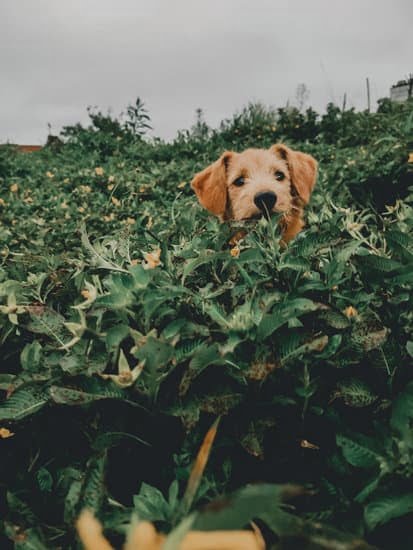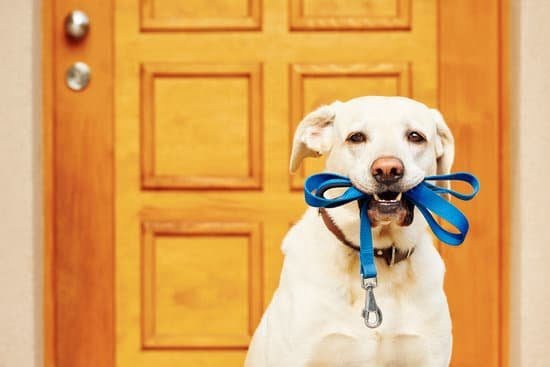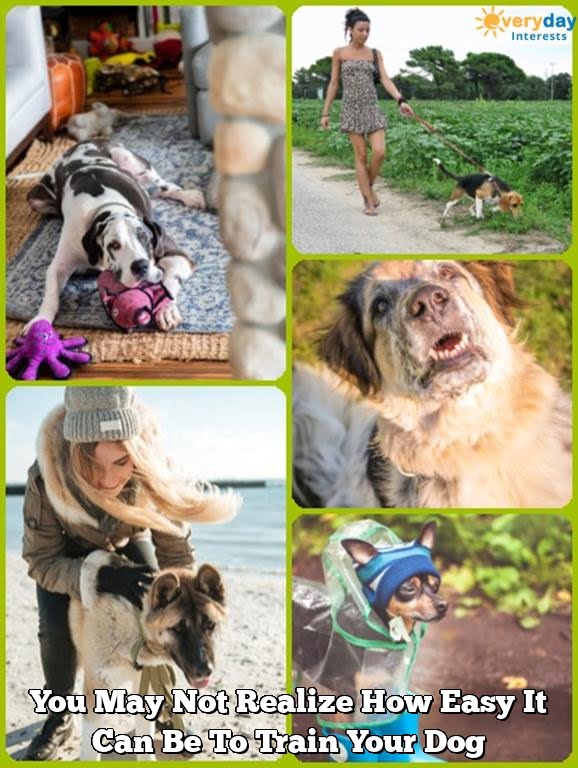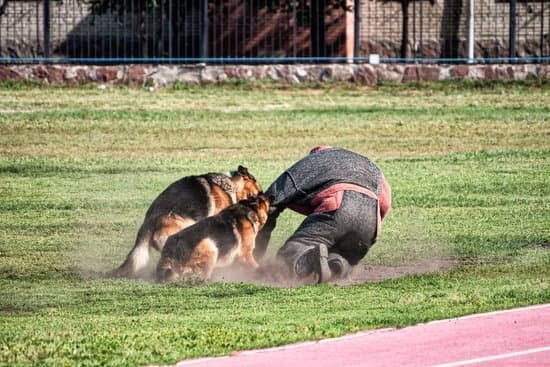Introduction
House training is the process of teaching a dog how to recognize which areas of the home are acceptable to go to the bathroom. It’s important for pet owners to house train their dogs as it allows them to keep the stench out of their home and reduces the stress on their furniture, flooring, and possessions. The ideal dog breed size and energy level should be taken into consideration when beginning house training, as some breeds are far easier than others.
Top Dog Breeds That Are Easier to House Train
Most dogs can be house trained, though some breeds are easier to house train than others. Some of the top dog breeds that are easier to house train include Labrador retrievers, golden retrievers, Bulldog, Shih Tzu, Poodle, Boxer, Pug and Beagle. These breeds tend to have less intense personalities and more predictable behaviors, making them ideal for a smooth transition into an indoor life. With positive reinforcement techniques such as clicker training and rewards for good behavior, most dogs can learn quickly where is appropriate to do business outdoors and will come to understand the concept of going outside until it’s time to come in. This is known as “house-training” or “potty training”. Providing consistency and patience when potty-training is key to helping a pup learn the rules quickly – happy accidents should not be punished! Offer verbal or physical affirmation when your pup gets it right; this will encourage him/her to keep up the good work!
Research-Backed Tips on How to Easily House Train Your Dog
1. Establish a Routine: One of the most important steps in house training a dog is to develop a routine that your pet can easily recognize and remember. A routine will help your dog understand what is expected from them, making it easier to learn the housebreaking rules.
2. Provide Rewards: House training your dog should always be rewarded. To reinforce good behavior, provide treats or verbal praises when they do something correctly or when they display positive characteristics. Rewarding your pet after each successful day of housebreaking is essential for teaching them in the best way possible.
3. Choose an Appropriate Crate: A crate can be very useful in helping house train your pup if used correctly. When selecting one, make sure it is large enough for the pup to stand up, turn around and lie down comfortably in it while still leaving enough room to avoid feeling confined. Also, place bedding inside and leave toys inside with which they can keep themselves distracted from any accidents that may occur during the training process.
4 Monitor Your Pet’s Behavior: Monitoring your pet’s behaviors helps you identify bad habits before they become a problem and also helps you pinpoint any moments when rewards should be given for good behavior too. This will aid you in learning how to read and react to their emotions as well as prevent any potential mistakes made during training sessions in the future as well.
5 Patience Is Required: Most if not all breeds require patience during this learning process since puppies take longer than adult animals to understand and follow commands given by their owners and immerse new routines into their system of rules accordingly, so try and stay patient with your pup during this stage!
Pros and Cons of Choosing a Dog Breed That Is Easier to House Train
Pros:
House training a dog can be a strenuous process and if you choose one that is easy to house train, you will have less stress throughout the process. Some of the breeds with a reputation for being easier to house train are Labradors, Golden Retrievers, German Shepherds, Poodles, and Border Collies.
Cons:
Choosing an easier breed to house train can sometimes limit the variety of types of dogs available. Some dog owners may prefer specific breeds that may not be as easy to house train. There can also be other underlying factors that make it harder for certain breeds to learn how to properly use the toilet indoors or outside.
Training Tools and Supplies Needed for Easy House Training
When house training a dog, it is important to have the right tools and supplies on hand before beginning. Depending on the breed of dog, some basics may be necessary for successful house training like crates, pads, gates and other items that can help prevent accidents inside the home. Training treats are also an important part of any successful house training plan; these can help motivate puppies or adult dogs during the process. Having chews and puzzle toys around will not only keep your pet occupied, but can also help distract them from going to the bathroom in unwanted places. Finally, having a specific area outside designated as “the spot” or “potty zone” that you direct your dog to every time they need to relieve themselves will make it easier for them to recognize where they should be going instead of inside your home. You can even designate certain phrases as cues (e.g., “go potty!”) to make sure they understand what you want them to do.
Younger vs. Older Dogs
Younger dogs tend to be easier to house train compared to older dogs because younger dogs have a shorter attention span and energy levels, meaning they can more easily focus on their lessons. Additionally, due to their age and lack of experience, young dogs are more eager to please than older dogs who may be hesitant or even resistant to training. On the other hand, older dogs often come with their own set of difficulties such as reduced energy and stamina so that the training process takes longer for them. At the same time, adult dogs often have some knowledge of obedience learned from past owners making them marginally easier to train than puppies.
In general, breeds that are known for being intelligent are typically easier to house train since they pick up behaviors quicker and retain commands better. Examples of highly intelligent breeds include border collies, poodles, German shepherds, retrievers and Australian shepherds. These breeds tend to respond well to basic obedience training such as sit-stay-come-go when taught using positive reinforcement methods like verbal praise or treats.
In any case, regardless of age or breed it is always important for house training sessions to be consistent in both duration and practice – as this will help ensure your pup masters his new skills quickly. Regular walks also help reinforce good behavior and help with potty training by giving your dog specific opportunities throughout the day where he can “go” outside the house!
Common House Training Mistakes to Avoid
One of the most important steps for having a happy, obedient dog is house training them. House training can seem like a daunting task at first, but with patience and consistency it can be achievable. So which dog breeds are considered easy to house train? Generally speaking, small breeds that have shorter attention spans and high levels of intelligence usually respond well to house training. Breeds such as Poodles, Beagles, Bichon Frise, Havanese, and Papillons tend to house break quickly. Regardless of the breed of your pup, there are some common mistakes that are made when attempting to housetrain a dog:
1. Not setting up the environment for success: Providing the right possessions and space is key when trying to establish successful housebreaking habits in your pup. Make sure they have an area where they can feel safe and comfortable (their crate or bed) since being confined will help them avoid taking care of business where it is not allowed. Place these items in an area that is quiet yet also allows you to keep your pup in check so you know when they need out for bathroom breaks.
2. Inconsistency with commands: Given that dogs thrive on routine, make sure you are consistent with commands (e.g., always say “Go potty” every time you place your pup outside). This way your pup knows what is expected and what behaviors will be rewarded each time he/she goes out for their business.
3. Not providing enough breaks: Dogs should be taking frequent trips outdoors for their business throughout the day – most puppies cannot hold it any longer than 4-5 hours without relieving themselves – this means trips out multiple times per day depending on age! The incentive at the end of these trips should come from positive reinforcement (praise words or treats) rather than immediate reprimands if accidents were made inside the home prior to heading out.
Ultimately if managed correctly, housebreaking can become second nature for both pups and owners alike! If despite all efforts you’re struggling with teaching basic obedience commands or housetraining your pup seek professional help from a certified dog trainer right away – It’s never too late!
FAQs and Resources on House Training Dogs
Once you’ve decided you want to get a dog, there’s one important question many dog owners need to ask – what type of dog is easy to house train? Many breeds are known for being more easily trainable than others.
Generally speaking, any puppy can be successfully house trained if done correctly. But depending on the breed and its innate instinct, some may be easier than others when it comes to potty training. Breeds like Labradors, poodles, and German Shepherds tend to be easier to teach basic obedience commands and they typically take well to housetraining. Some smaller breeds such as Chihuahuas or Maltese do tend to learn faster and have a quicker establishment on good habits with the right approach.
There are plenty of resources online for house training your new pup including books, videos, specialized trainers, etc., that are essential tools for successful housetraining. Providing plenty of consistent praise as well as a reward system will also help your pup understand what is expected from them in this new environment. Taking breaks – especially after meal times – during the day when pottying outside will seamlessly become part of their routine. Additionally, stubborn puppies may require a crate or playpen-like area that contains newspaper or other absorbent material for them during unsupervised moments. Cleaning up accidents quickly and properly with an enzymatic cleaner will ensure they won’t continue using that spot inside your home as a bathroom again and give you accurate feedback on how much time is needed between potty trips outdoors.
Conclusion
Many dog breeds are easy to house train and with a few simple steps you can make the process even easier for you and your pup. Start with an established daily routine that includes consistent walks, playtime, potty breaks, meal times and plenty of rewards and praise. Having a quiet space like a crate or kennel in the home can be especially helpful for establishing house training success. Because every dog is unique and learns differently, it’s important to pay attention to individual preferences when deciding on the best training method. Therefore, patience is key as it may take some extra time for some dogs to get used to their new surroundings. Overall, teaching your puppy or dog basic house training skills is an important part of setting them up for long-term success within their home and when out in public areas. When looking for the best breeds that are particularly easy to train and housebreak, Labrador Retrievers, Poodles and Golden Retrievers have proven track records in this regard. With good habits early on and consistency during the process, you should have a happy pup ready to enjoy all that life has to offer!

Welcome to the blog! I am a professional dog trainer and have been working with dogs for many years. In this blog, I will be discussing various topics related to dog training, including tips, tricks, and advice. I hope you find this information helpful and informative. Thanks for reading!





